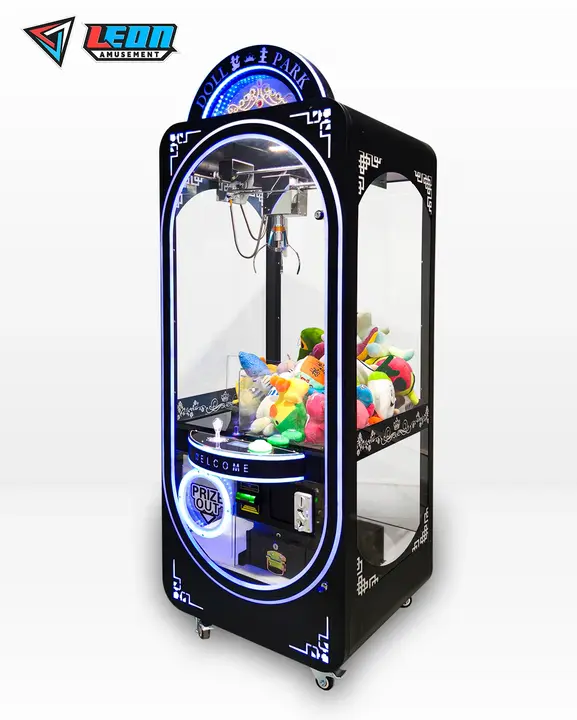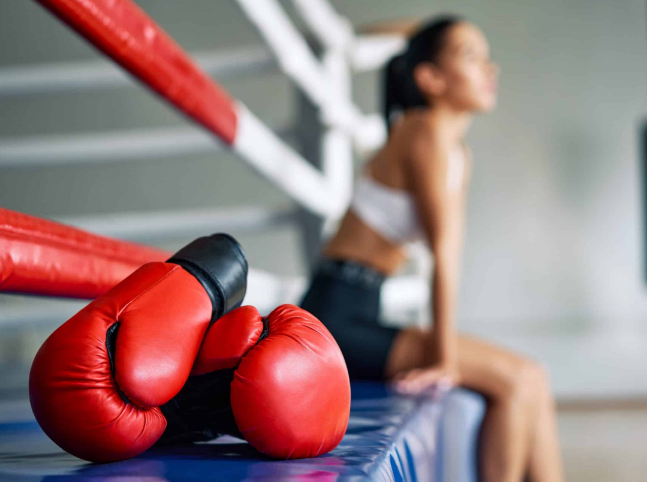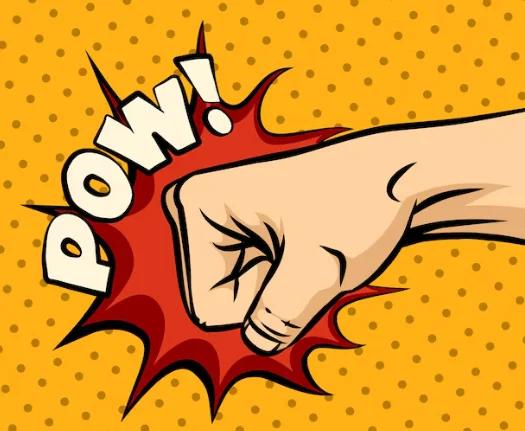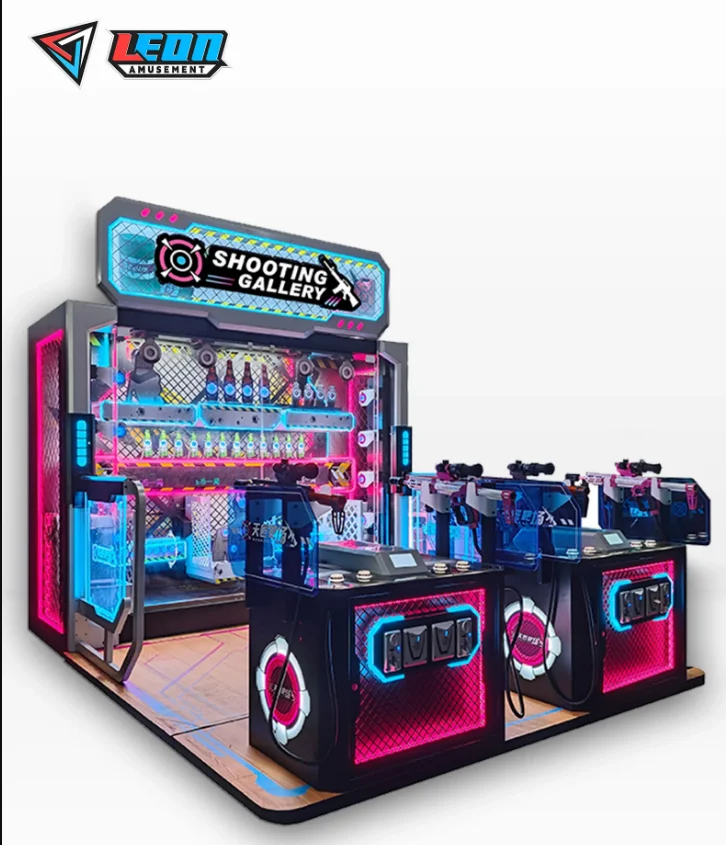The key to hacking a claw machine is timing and choosing the right plush toy, with a 35% success rate for toys near the exit and loosely hanging, which is 15% higher than other positions. Observe the claw’s grip strength, especially after five consecutive failures, and your success rate can increase to 60%. Choosing to grab large toys at an angle can boost your success rate by 20%. Additionally, pay attention to the claw’s grip strength when it touches the toy, and find the “high grip strength” moment for a success rate of up to 75%.
Table of Contents
ToggleLearning to observe the placement of toys
According to data analysis from a Japanese research institute, the success rate of clawing toys near the exit is as high as 35%, more than 15% higher than toys in other positions. This is because these toys are closer to the exit and their force direction is more likely to slide into the exit. Especially those loosely hanging or partially exposed toys, because of gravity, these positions’ toys are more concentrated in force and are more likely to slide into the exit. In a shopping mall in Tokyo, a player observed that these toys had a higher success rate, and players who grabbed these toys often won several prizes in a short time.
Further quantification shows that in some large shopping mall claw machine areas, statistics show that choosing toys with partially suspended bodies can increase the success rate to more than 50%. This phenomenon is widespread, especially during holidays when the mall’s foot traffic increases, and the suspended toys are more likely to be the winner’s target. In a large shopping mall in Shanghai, a player used this trick and successfully grabbed five suspended toys in just 30 minutes. Suspended toys are usually easier for the claw to firmly grip and less likely to fall off during the lift. Therefore, when you see a toy with part of its body already suspended or about to fall, choose this toy immediately, which will greatly increase your chances of winning.

Understanding the rhythm of the claw’s movement
For a common claw machine, the claw’s movement process includes descending (about 2 seconds), gripping (1 second), lifting (1.5 seconds), and moving to the exit (2 seconds). Through repeated observation, you can discover the strength changes of the claw at different stages. According to industry technicians, on average, each claw machine has at least one grip strength enhancement out of every five grips due to program settings. This grip strength enhancement usually occurs after several failures. This setting is to give players a “victory” opportunity after multiple attempts to attract more people to play the game. You can use the first few failures to judge the best time to grab, such as grabbing on the 6th or 7th attempt, with a success rate of up to 60%. This method is especially effective on certain specific machines, particularly those high-end claw machines with stricter settings.
In practice, some players have found on specific claw machines that by carefully observing the claw’s grip strength changes when it touches the toy, they can accurately judge whether it is the right time to grab. When the claw touches the toy, if the strength significantly increases, it means this is the “high grip strength” moment set by the program. At a toy fair in the United States, an experienced player demonstrated this technique, accurately judging the grip strength moment, and successfully grabbed several high-difficulty toys. Seizing this opportunity will significantly improve your success rate, especially on those machines that are frequently tried by players, this technique is particularly important. Observe the first few failures, pay attention to the grip strength changes of the claw at specific time points, and you can often make a move at the critical moment to increase your chances of winning.

Choosing the right grabbing angle
People usually tend to grab directly from above, but according to actual measurements, in a survey by a well-known claw machine chain in China, the success rate of grabbing at an angle is more than 20% higher than grabbing directly. This is because grabbing at an angle can better utilize the claw’s triangular mechanical structure, more securely gripping the key parts of the toy from the side. For example, when the toy is lying on its side or its head is facing down, grabbing at an angle allows the claw to better lock onto the key parts of the toy, preventing it from slipping. In a popular claw machine store in Beijing, a player successfully grabbed eight large toys in one day using this method.
If you see the toy’s arm or head near the claw, you can adjust the claw’s angle to grab these key parts from the side. In a large game center in Osaka, Japan, someone found that choosing to grab large toys from the side at an angle can increase the success rate to 70%. This grabbing method effectively increases the contact area between the claw and the toy, reducing the risk of the toy slipping during lifting. Especially when grabbing those light but large toys, the advantage of angled grabbing is more obvious. In a grabbing challenge, a player successfully grabbed a large but lightweight plush toy by grabbing at an angle, and with repeated operations in a short time, the success rate reached 80%.
Seizing the critical moment
About 80% of claw machines will have one grip strength increase after 20 consecutive grabs, this setting is to attract more players to continue playing, and this time point usually occurs after several failed grabs. Therefore, if you notice that the previous players did not successfully grab the toy, it may mean that the machine is about to increase the grip strength. In a famous amusement park in Seoul, South Korea, someone found through statistics that the success rate of the first grab after the grip strength adjustment reached more than 75%. This phenomenon is particularly evident in high-traffic areas during holidays because the machines usually increase the grip strength at certain moments to attract more players.
In practice, experienced players on some specific machines, by observing the behavior of players after several failures, can accurately determine the best time to make a move. For example, in some high-traffic shopping mall claw machines, by observing the first 5 to 10 failures and then making a move, it is even possible to achieve a 100% success rate. This technique requires patience and observation, but once mastered, it can greatly increase your chances of winning prizes. In a claw machine competition in Taiwan, a contestant successfully grabbed 10 high-difficulty toys in a row through patient observation and precise operation, attracting widespread attention. Seizing these critical moments not only improves your success rate but also adds more fun to the game.




